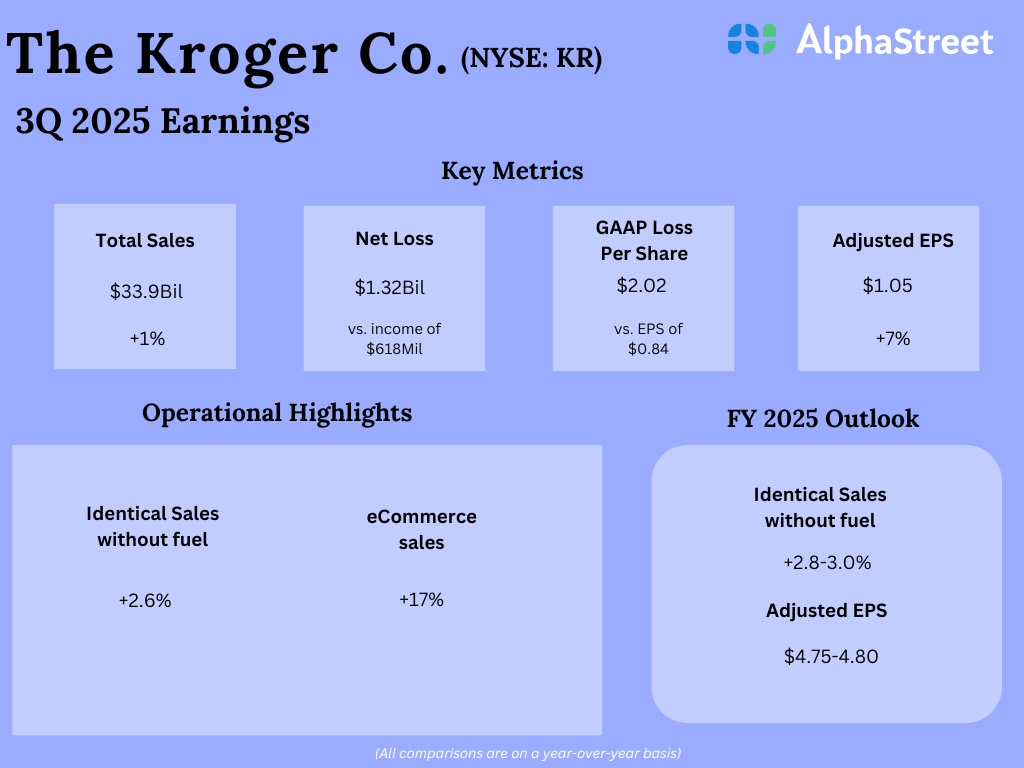The NCAA selection committee will announce on March 17 the field for the 2024 NCAA Men’s Basketball Tournament. Ready or not, “March Madness” begins very soon. The tournament begins on March 19 with 68 teams (including the four “play-in” games). A total of 63 games will determine the NCAA Men’s Basketball national champion. Office pools and bracket challenges will be a constant topic of conversation via text, e-mail, or in-person. Pool participants need to pick the winner of all 63 basketball games. A logical and organized approach to the daunting task of picking these games is through the process of seeding.
The seeding process of teams began in 1979 as a way for the NCAA to make sure that the strongest teams didn’t end up meeting each other too early in the tournament. Heaven forbid the NCAA would do anything to threaten their TV ratings.
Seeding also provides the most casual college basketball fan a starting point for picking winners. It’s basic math: Picking a number 16 seed (the lowest possible ranking) to beat a number one seed is not a statistically good bet. A team with a high seed is the stronger team based upon qualitative and quantitative evaluation. That team often has more talent and better coaching than the lower-ranked teams.
While past performance has not guaranteed future success for all the high-seeded teams, it is a good starting point for the average fan’s tournament bracket picks. Look at these statistics compiled from CBS Sports and ESPN data. These numbers are updated through the 2023 tournament. As you can see below, the top-seeded teams win about 80% of the games they play. Meanwhile, the 13 – 16 seeds combine to win 12% of the games they play.
NCAA Seeding Statistics (1985-2023)
- Number-one-seeded teams have won the greatest percentage of games, at 80%.
- Top three-seeded teams have combined for a record of 1135 wins and 423 losses, a winning percentage of 73%.
- The bottom three-seeded teams (14-16) have a combined win total of 42 games. That is 8% of their contests in 38 years.
- Top five-seeded teams have produced a winning percentage of 68%. While the bottom five have won 17% of their games.
- Top-seeded teams have won more games in tournament history (500) than the bottom three seeds have played (498).
- The National title has been won by a team with a #3 seed or higher in 33 out of the 38 years.
The NCAA Men’s Basketball Tournament brackets are a perfect analogy for your retirement accounts. Seeding (or ranking) is a common-sense process that can also apply to the selection of your 401(k) mutual funds.
Each mutual fund on your 401(k) retirement plan menu is ranked by investment performance. In technical analysis, the process of investment performance ranking involves relative strength. Mutual fund relative strength ranking includes investment performance versus stock market benchmarks. Another relative strength calculation is investment performance versus its peer group mutual funds.
Relative strength ranking of 401(k) mutual funds can improve long-term investment performance. This ranking can identify the strongest 401(k) funds to own in any given stock market environment. Relative strength ranking answers the 401(k) investor question of, “What do I buy?” Do not continue to own an assortment of lower-seeded mutual funds in your company 401(k). An independent, third-party investment advisor can provide the current mutual fund ranking information.
Don’t bet your hard-earned retirement plan account dollars on a Cinderella mutual fund. Stick with the history of top-seeded 401(k) mutual funds. You cannot continue to rely on upsets to fund your retirement. When you need to pick your company 401(k) retirement plan mutual funds, whose side would you rather be on, the top seed or the bottom seed?
The views and opinions expressed herein are the views and opinions of the author and do not necessarily reflect those of Nasdaq, Inc.





































